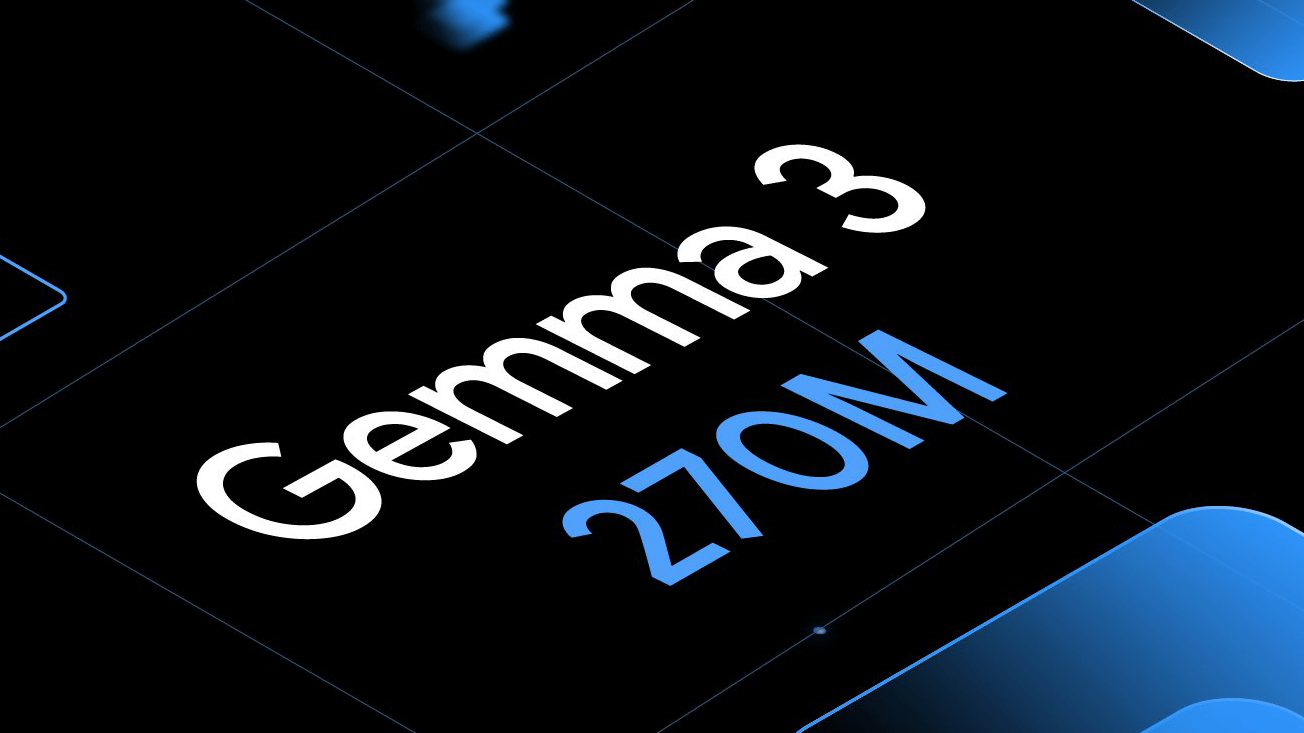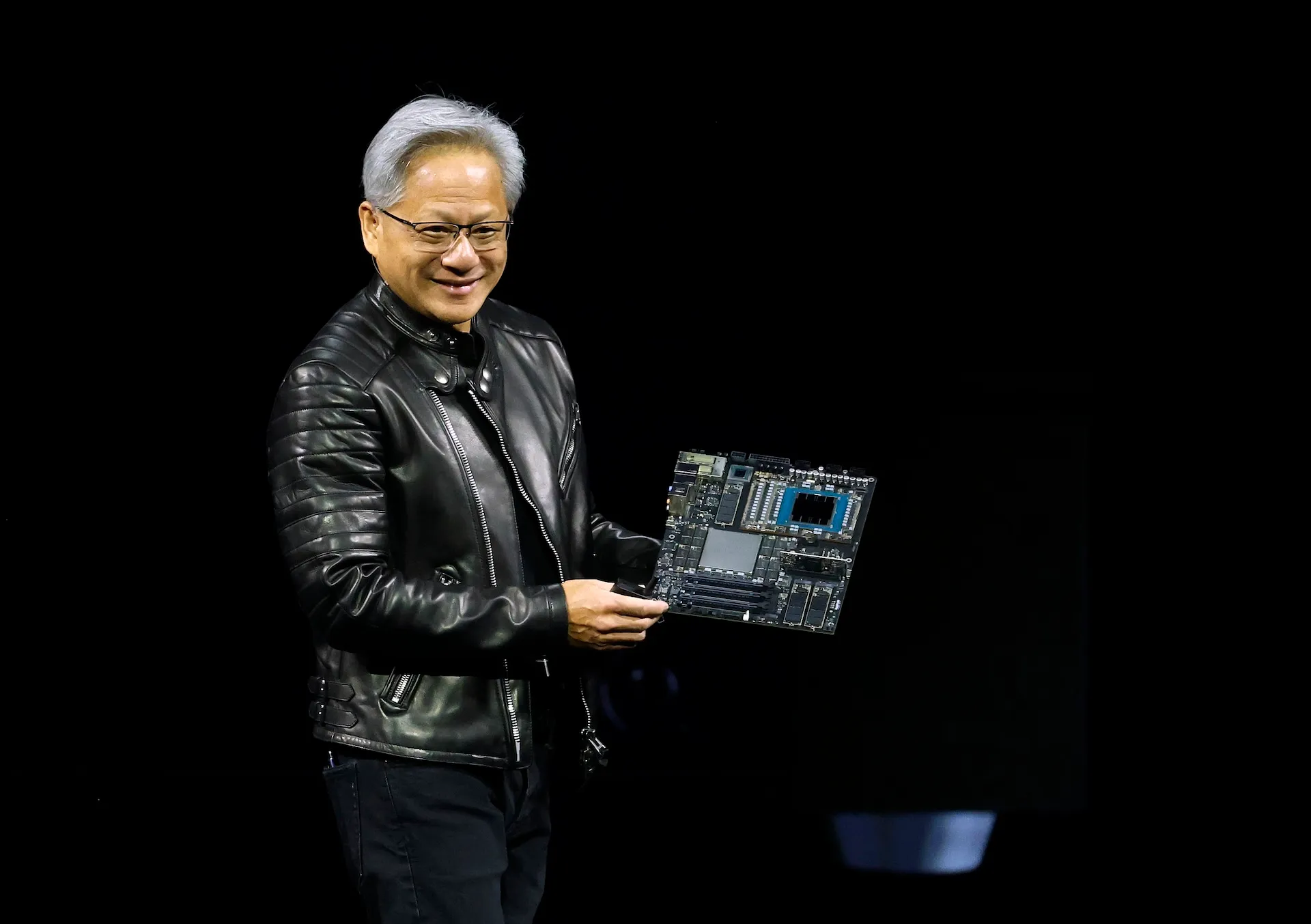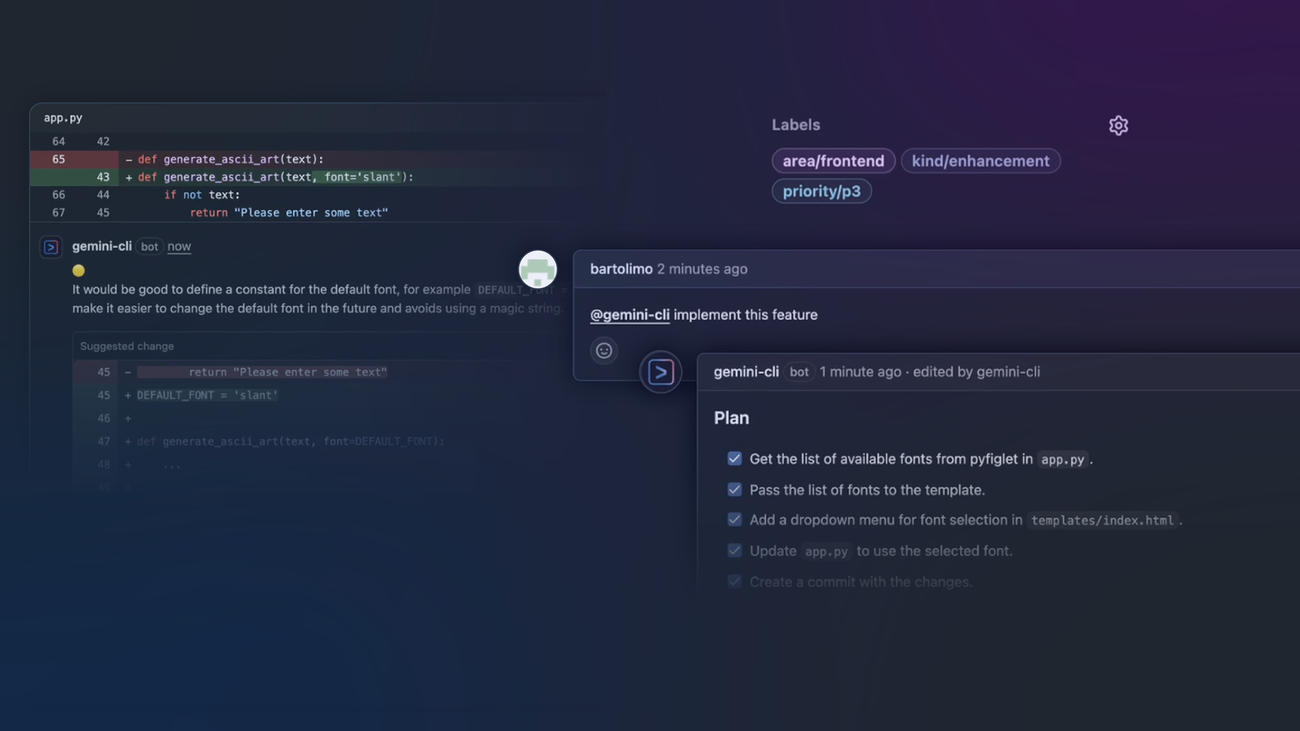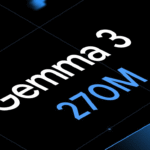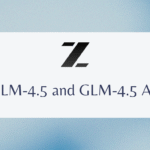In a bold stride for open artificial intelligence, Moonshot AI, a Chinese research powerhouse, has launched Kimi K2, a trillion-parameter large language model that could redefine the balance of power in the global LLM landscape. Released as fully open-source, Kimi K2 stands out not just for its technical sophistication, but for its agentic capabilities, commitment to transparency, and ambitions to rival heavily-guarded models like GPT-4 and Claude.
At a time when major Western players are tightening access to advanced models under the banner of safety, Moonshot is doubling down on democratization—offering Kimi K2’s weights, tokenizer, and inference code with virtually no restrictions.
Architectural Scale and Engineering Innovation
Kimi K2 is designed using a Mixture-of-Experts (MoE) architecture comprising 1 trillion total parameters, with only 32 billion activated per inference step. This architectural choice strikes a balance between model capacity and computational efficiency—a key trait in modern AI scaling strategies.
To train such a massive model, Moonshot developed a proprietary optimizer known as MuonClip, which maintains stable gradients across model layers and addresses instability typically seen in very large models. This innovation has enabled Kimi K2 to scale beyond traditional dense models without the catastrophic forgetting or performance degradation commonly observed at such sizes.
The model also supports a 128,000-token context window, placing it among the most capable LLMs for handling extensive documents, long conversations, and intricate reasoning chains. This makes it especially suited for applications in legal analysis, software development, academic research, and multi-turn agentic planning.
Dual Model Variants: Base and Instruct
Kimi K2 is available in two core versions:
- Kimi-K2-Base: A raw foundation model suitable for research and fine-tuning. It comes without reinforcement learning or instruction tuning, offering maximum flexibility for developers.
- Kimi-K2-Instruct: A refined version with instruction tuning optimized for interactive dialogue, autonomous agents, and tool integration. This version is plug-and-play ready for chatbots and assistant use cases.
This dual release strategy reflects a growing standard in open model publishing, providing the research community with transparency and the developer community with usability.
Benchmark Performance and Agentic Reasoning
Kimi K2 has already demonstrated compelling results across a suite of standardized evaluations:
- SWE-bench Verified (software engineering): Achieved 65.8%, outperforming most open-source models and closely approaching GPT-4-class proprietary systems.
- Tau2 and AceBench (reasoning and tool use): Showed strong multi-step task-solving abilities and decision-tree logic.
- ZebraLogic (complex logical inference): Scored competitively, validating its utility in agentic systems where tasks require long-term planning and memory.
Moonshot is particularly focused on what it terms “agentic intelligence”—the ability of a model not just to respond, but to plan, reason, and act autonomously in tool-rich environments. Kimi K2 is being positioned not as a chatbot, but as a platform for intelligent software agents capable of API calls, code synthesis, decision loops, and more.
Strategic Open-Source Impact
What truly sets Kimi K2 apart is its licensing model and availability. Moonshot has released the model under a permissive license that allows:
- Unrestricted commercial and research use, with only minor attribution required in high-revenue deployments.
- Immediate download via HuggingFace and GitHub, removing traditional bottlenecks like NDA requests or government review.
- Support for developers through online demos and emerging ecosystem plugins.
This is a sharp contrast to OpenAI’s GPT-4, Anthropic’s Claude, or even Meta’s Llama 3, which either restrict usage, limit access to APIs, or operate through tightly controlled sandboxes.
Moonshot joins a rising cohort of Chinese AI firms—including Alibaba (Qwen), Tencent, DeepSeek, and Baidu—pushing high-performance open models into the global AI ecosystem, signaling a strong policy and industrial alignment behind openness as a competitive strategy.
Technical Trade-offs and Limitations
Despite its strengths, Kimi K2 does come with caveats:
- Inference Efficiency: Due to its MoE design and scale, inference speed on consumer-grade GPUs is slow—approximately 1 token per second. This significantly limits real-time deployment without access to high-end compute infrastructure.
- Lack of Documentation: As of now, Moonshot has not published a peer-reviewed paper or complete model card. This makes scientific evaluation and auditing difficult, potentially limiting its adoption in enterprise and safety-critical environments.
- Safety Concerns: With no built-in restrictions or red-teaming process disclosed, concerns persist over misuse—particularly in political disinformation, malware generation, or unauthorized autonomous decision-making.
Broader Implications and Competitive Analysis
Kimi K2’s release is more than a technical milestone—it’s a strategic move in a growing ideological divide between closed, safety-focused AI ecosystems in the West and open, innovation-centric ecosystems rising in China.
Moonshot’s approach echoes a broader effort to reclaim influence in the global AI narrative, challenging the dominance of OpenAI, Google, and Anthropic. The model’s benchmark parity with top-tier systems, especially in coding and logic tasks, hints at the closing of a capability gap that until recently seemed insurmountable.
If inference and documentation barriers are addressed, Kimi K2 could become a default platform for open-agent frameworks, coding copilots, and domain-specific assistants.
Conclusion: A Turning Point for Open AI?
Kimi K2 is a transformative release that underscores the potential of open models not only to match proprietary systems but to outpace them in adaptability, accessibility, and community-driven innovation. It raises the bar for what the open-source community can achieve and pressures incumbents to justify their closed strategies.
Yet the success of Kimi K2 will depend not only on its raw power, but on whether Moonshot can cultivate a robust ecosystem, mitigate risks, and align the model with real-world deployment needs.
In an increasingly fragmented AI landscape, Kimi K2 may prove to be more than just a model—it could be a movement.


